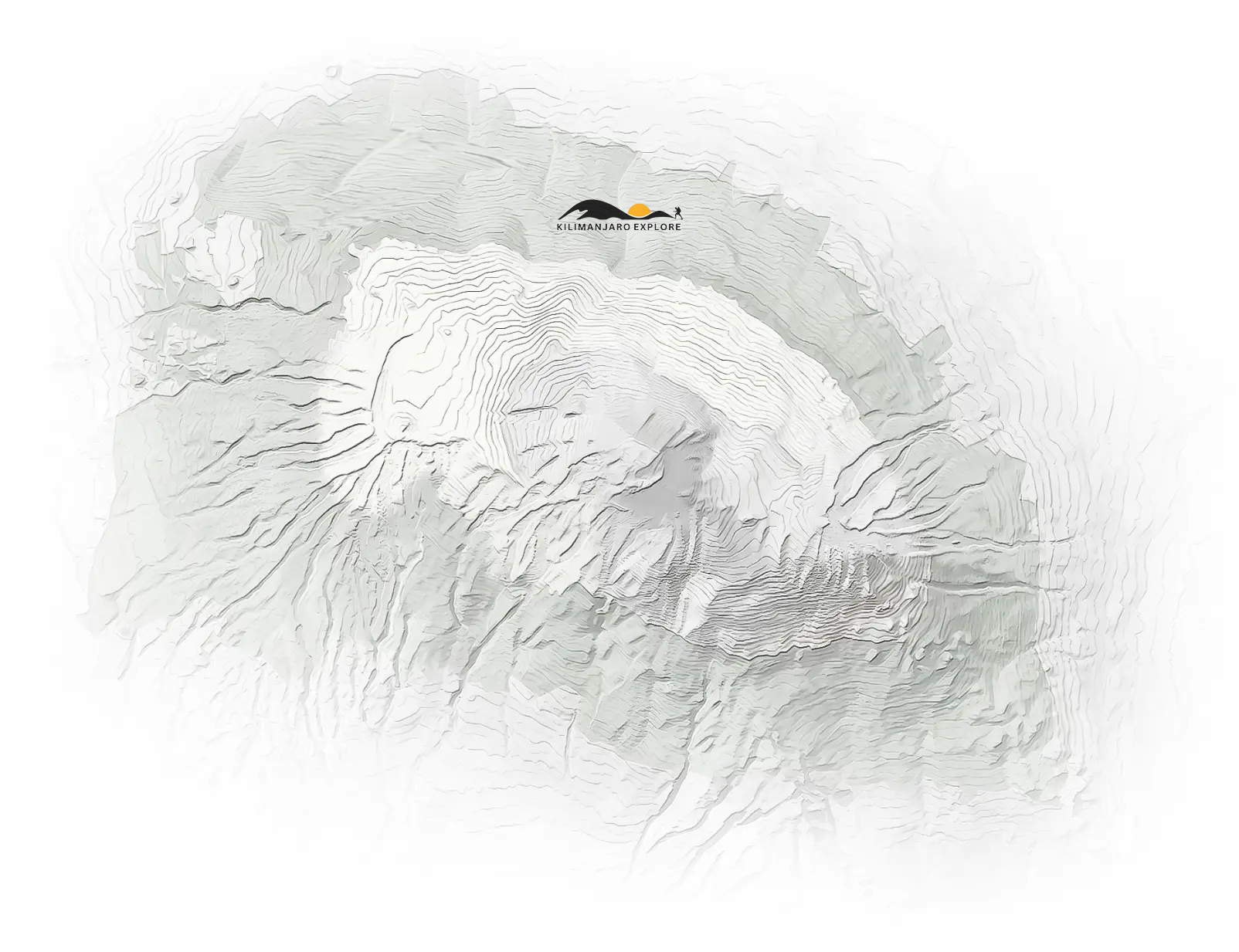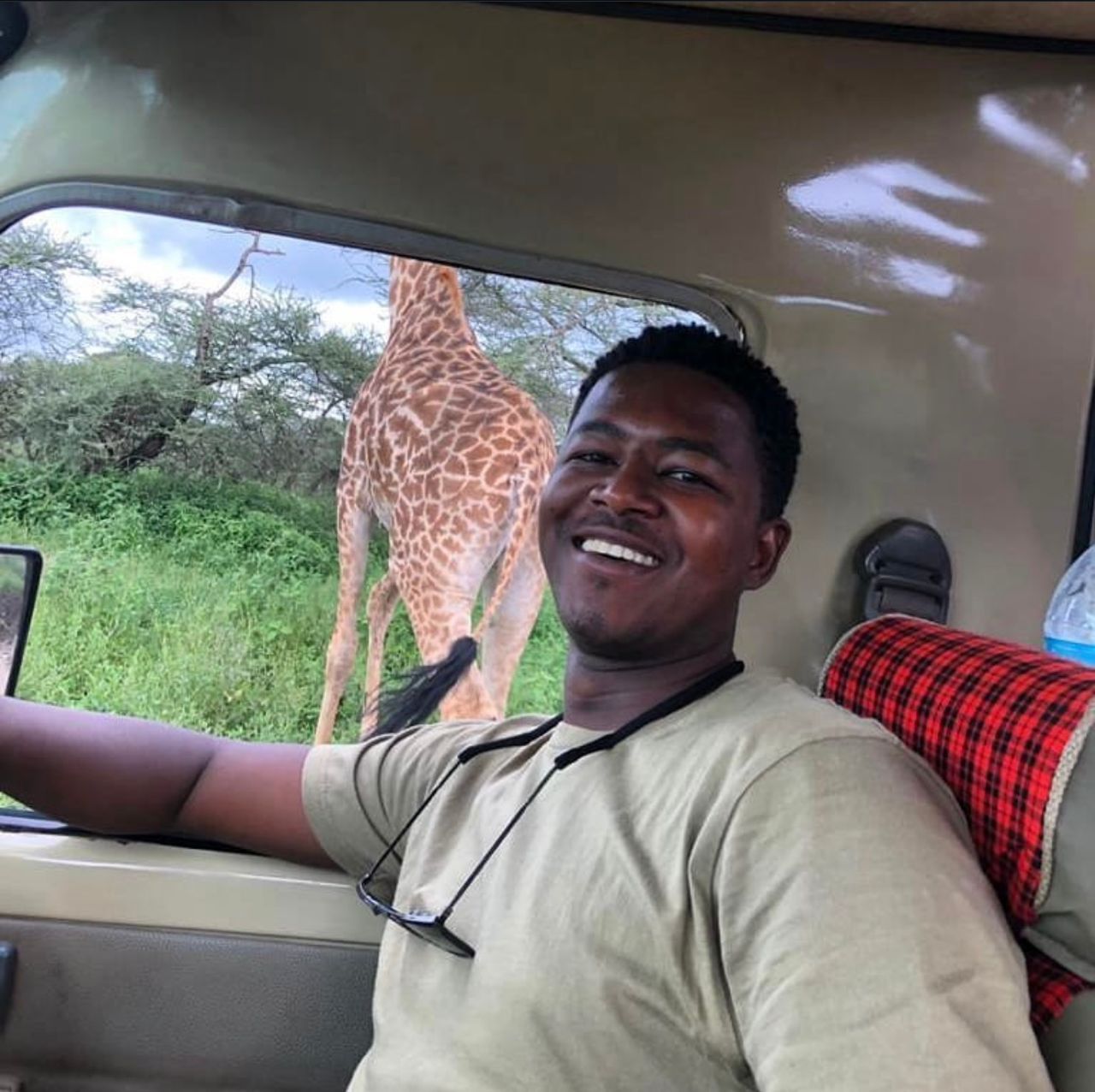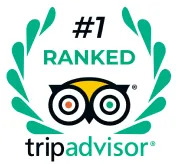How to Climb Mount Kilimanjaro: Complete Trekking Guide 2025 - 2026
Conquer Africa's highest peak with our expertly guided expeditions
Kilimanjaro Climbing
Reach new heights on Africa’s highest free-standing mountain at 5,895 meters. One of the Seven Summits and a natural wonder with no technical climbing skills required, our expert-guided treks make the summit accessible for adventurous travelers seeking breathtaking scenery, unmatched biodiversity, and a life-changing experience. Start your Kilimanjaro journey from Tanzania’s gateway cities, Arusha or Moshi, and join thousands who’ve conquered the "Roof of Africa" safely and successfully.
"Experience one of the world’s greatest natural wonders — a destination that inspires, challenges, and rewards."
Preparation Guide
What You Need to Know Before You Go
Tips for Beginners
First time climbing? Our travel consultants at Kilimanjaro Explore offer beginner-friendly advice for climbing Mount Kilimanjaro. Learn More
Choose the Right Route
Kilimanjaro has several routes, each with different scenery, difficulty levels, and success rates. Popular options include Machame, Lemosho, Marangu and the Northern Circuit.Learn More
Best Time to Climb Mount
The best time to climb Kilimanjaro is during the dry seasons for optimal weather and easier trails. While the mountain is climbable year-round, book early, as popular dates fill up quickly. Learn More
Costs to Climb Mount Kilimanjaro
The cost varies depending on your chosen route, trek duration, and service level. Most packages include park fees, guides, porters, accommodation, and meals, while flights, gear, tips, and insurance are extra. Learn More
What to Pack for Your Kilimanjaro Climb
Packing the right gear is essential for a safe and successful Kilimanjaro ascent. Your checklist should prepare you for every stage of the journey—from warm rainforest trails to icy summit conditions. Quality clothing, proper footwear, and reliable equipment make all the difference. Learn More
How Long Does It Take to Climb Mount Kilimanjaro
Climb times vary by route and trekking pace, generally ranging from 5–9 days. For the highest chance of a safe and successful summit, a 7–8 day itinerary is ideal. No technical mountaineering skills are required, but good physical preparation is essential. Learn More
Kilimanjaro Packages
Route Options
Routes and Maps

Kilimanjaro Group Climbs: 2025–2029 Departures

Philibert Peter
OnlineReady to Plan Your Kilimanjaro Climbing Adventure?
Contact us. Our team is always here to help.
FAQs
Get answers to the most common questions about climbing Africa's highest peak
At Kilimanjaro explore, we recommend travel insurance providers that cover high-altitude trekking up to 6,000 meters, helicopter evacuation, and comprehensive medical services. One trusted option is Global Rescue, known for prompt and reliable reimbursements—essential for peace of mind during your Kilimanjaro adventure.
The most convenient way to reach Mount Kilimanjaro is by flying into Kilimanjaro International Airport (JRO) in Tanzania. From there, it’s about a 50-minute drive to Moshi, the main gateway for Kilimanjaro climbs. Major international airlines like Turkish Airlines, Qatar Airways, KLM, Ethiopian Airlines, and Air France serve this route.
Alternatively, travelers can fly into Dar es Salaam and catch a local flight to Kilimanjaro, though this option may incur extra costs for domestic flights and baggage. For budget travelers, flying into Nairobi, Kenya, then taking a bus to Moshi is possible. However, this involves additional expenses, such as a Kenyan transit visa ($21) and a bus fare (~$45), with a journey time of around seven hours.
Tanzania experiences two rainy seasons and two dry seasons annually. The short rains fall from early November to late December, followed by the dry season lasting until mid-March. The long rains occur from mid-March to mid-June, after which another dry season begins.
During the rainy seasons, the northern slopes of Kilimanjaro receive significantly less rainfall—about five times less—making routes like Rongai, Northern Circuit, and Marangu preferable for climbs during wetter months, according to data from the Tanzania Meteorological Authority.
Most Kilimanjaro expeditions take 6 to 8 days, which allows for better acclimatization and improves the chance of reaching the summit safely. The shortest climbs are typically around 5 days, but longer itineraries, including options that stay overnight in the crater, can extend to 10 days or more for a more immersive experience.
